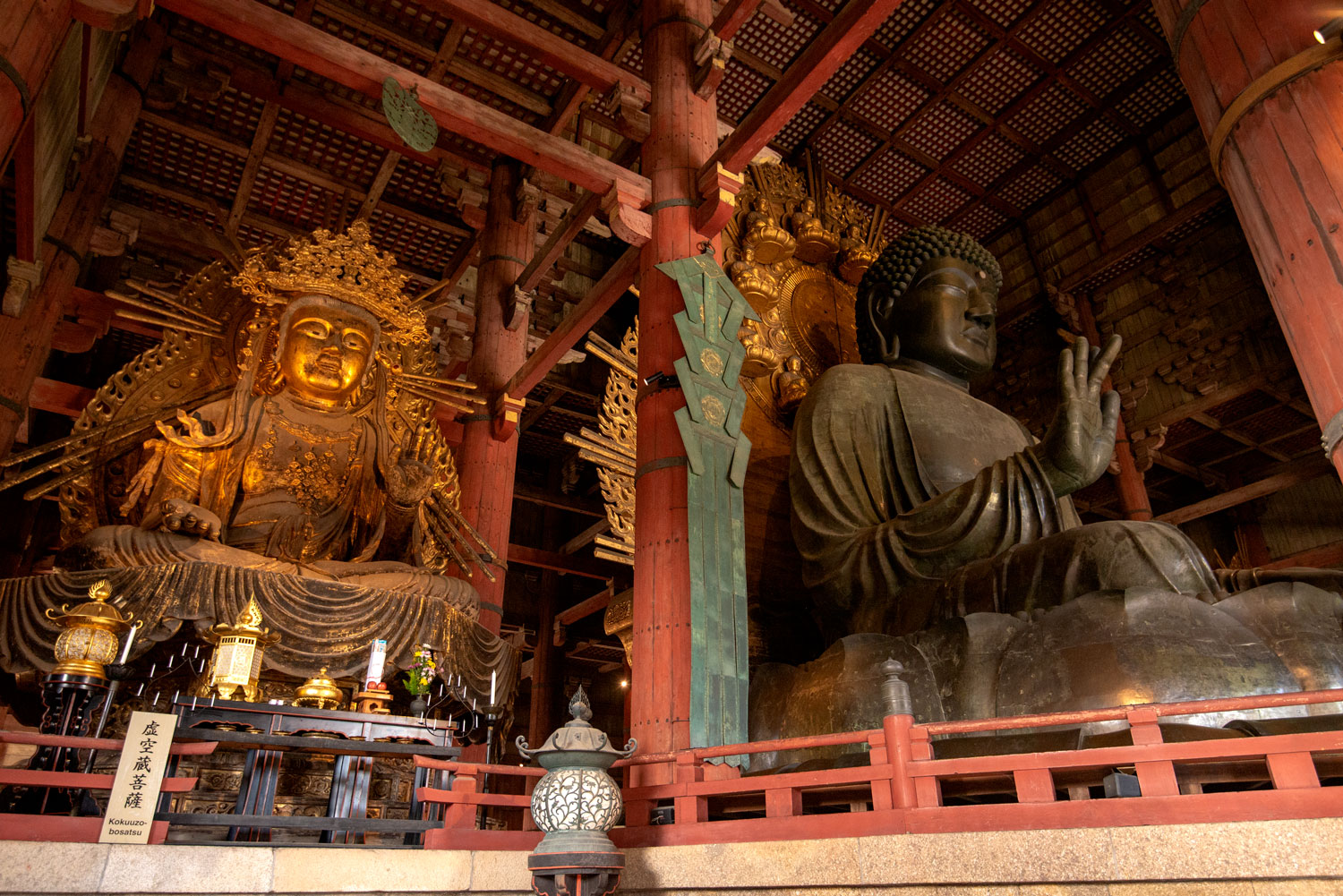Giant Buddha, Giant Hall
Photos by Forrest Anderson
In the wake of a coup d’etat, a smallpox outbreak, years of poor harvests and a rebellion, Japanese Emperor Shōmu had what today would be considered an eccentric response – he built a 500-ton, 49-foot-high bronze Buddha.

The giant Buddha.
To house the Buddha, the emperor commissioned a temple complex in his capital at Nara that took up 16 city blocks. It required so much wood – 2,200 acres of old-growth cypress - that it stripped nearby forests. The main hall where the Buddha was housed is even today, 1,250 years later, the largest wooden building in the world.
Why? The emperor’s approach actually made sense from a political point of view. After all of Japan’s troubles in the early 8th century, the country was deeply unstable. The emperor’s solution was to create a unifying symbol for the nation. He commissioned the statue in 743, two years after issuing a decree promoting the construction of a network of provincial Buddhist temples throughout Japan. The temple where the statue was housed was named Todai-ji, the Eastern Great Temple, to signify its position east of the emperor's palace. Todai-ji was to be the head temple of the provincial temples, the unifying headquarters of a state ideology designed to stabilize and unify the country. During the 8th century, 600-850 temples were built, using 3 million cubic meters of wood.
Nara was the terminus of the Eastern Silk Road that stretched from Japan through Central Asia, China and Korea. A Korean king had introduced Buddhism by sending an emissary to the Japanese imperial court in about 552 with a bronze statue of the Buddha and a copy of Buddhist sutras. Buddhism was associated with the court from its Japanese beginnings, with court members becoming patrons of Buddhist art and architecture. By the time of the Emperor Shōmu, this fusing of secular and sacred power had come to define Japan’s ruling elite. By creating a national system of temples to be built throughout Japan’s 66 provinces under the jurisdiction of Todai-ji, the emperor was trying to unite powerful Japanese clans under his centralized rule. Todaiji was to be the center of national ritual. Shōmu brought the best craftsmen in Japan to Nara to build architecture designed to display the power, prestige and devotion of the imperial court.
This connection between the imperial court and Buddhism made the temple the Buddhist protector of the state as well as a center of learning and culture with a college and libraries where important Buddhist sutras were translated. The temple became one of seven great temples in Nara and the headquarters of a school of Buddhism called Kegon.
“…We wish to make the utmost use of the nation’s resources of metal in the casting of this image, and also to level off the high hill on which the great edifice is to be raised, so that the entire land may be joined with Us in the fellowship of Buddhism and enjoy in common the advantages which this undertaking affords to the attainment of Buddhahood,” the emperor proclaimed.
"It is We who possess the wealth of the land; it is We who possess all power in the land. With this wealth and power at Our command, We have resolved to create this venerable object of worship.”
He warned that the project could be in vain and the Buddha’s heart would not be touched if those who were involved were not sincerely pious in order to obtain its blessings.
“If there are some desirous of helping in the construction of this image, though they have no more to offer than a twig or handful of dirt, they should be permitted to do so. The provincial and county authorities are not to disturb and harass the people by making arbitrary demands on them in the name of this project. This is to be proclaimed far and wide so that all may understand Our intentions in the matter.”
Nonetheless, every person in Japan was required to contribute a special tax to the temple’s construction. The court chronicle, the Shoku Nihon-gi, recorded that "the people are made to suffer by the construction of Todai-ji and the clans worry over their suffering.”
The temple contained the usual parts of a Buddhist complex, on a grand scale. Its heart was the main hall or hondō supported by 84 massive cypress pillars. Subsequently, two nine-story pagodas, a lecture hall and monks quarters were added.
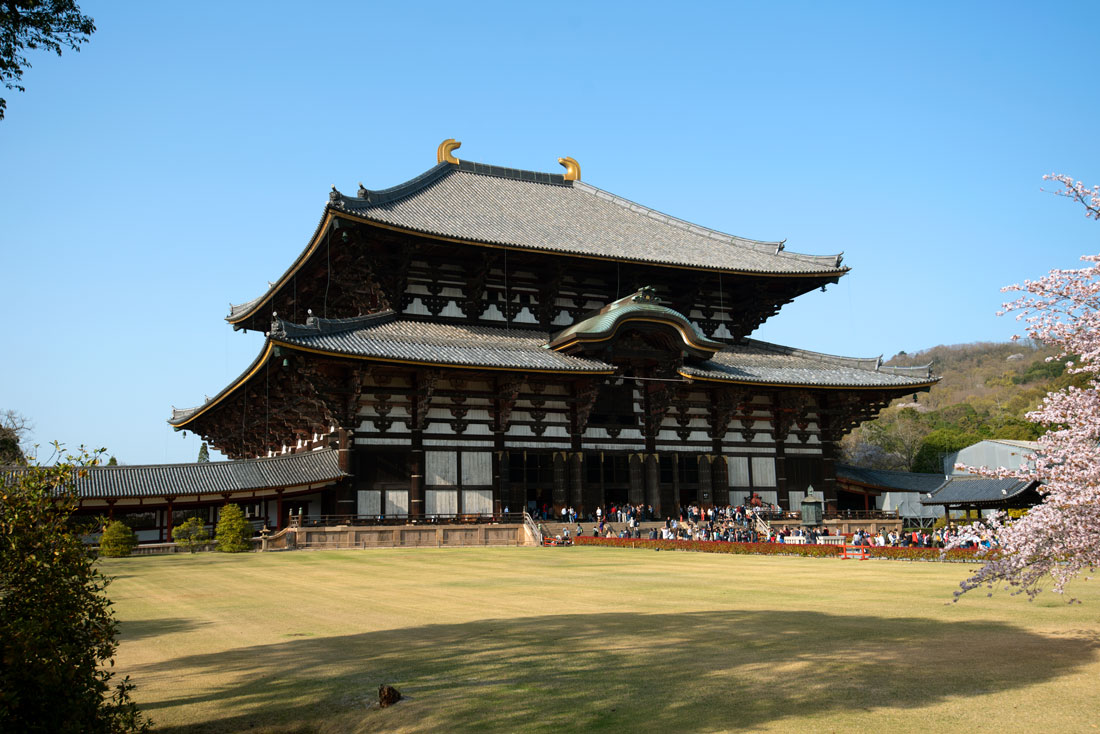
The Great Hall where the Buddha is housed, the largest wooden building in the world.
Craftsmen consumed all of Japan’s available copper and an estimated 163,000 cubic feet of charcoal to produce the metal alloy and form the bronze figure. It was completed in 749, except for the snail-curl hair, one of the 32 signs of the Buddha’s divinity, which took two more years to complete.
The Buddha was unveiled in an “eye-opening” ceremony attended by 10,000 people which included the imperial court, foreign dignitaries and monks from China and India. The statue was mammoth – with eight-foot-tall ears, eyes three feet wide and hair made of 966 bronze spheres. The Empress Koken oversaw the ceremony. Emperor Shōmu, by then retired, and Empress Komyo also attended. An Indian monk, Bodhisena, painted in the Buddha’s eyes to symbolically bring it to life.
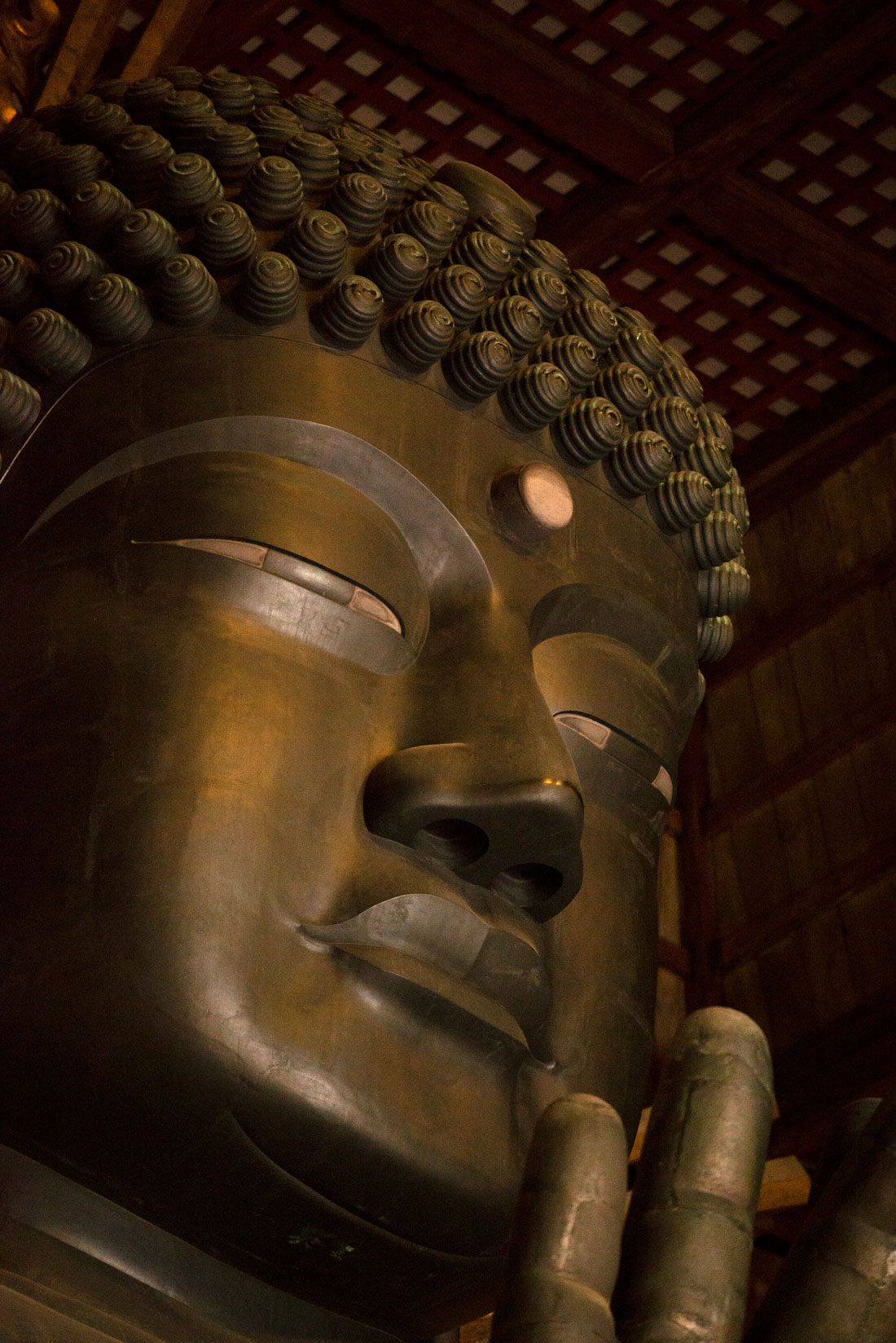
The Buddha's eyes are three feet wide.
The Emperor Shōmu sat in front of the Great Buddha and vowed to be a servant of the Three Treasures of Buddhism: the Buddha, Buddhist Law, and Buddhist Monastic Community.
All that remains of the Buddha that the emperor venerated is the legs and bronze lotus petal pedestal, which is engraved with images of the Shakyamuni Buddha and Bodhisattvas in a style typical of Nara era art.
The original statue’s head was destroyed in an earthquake in 855. The statue was burned in the Genpei Civil War of 1180-1185, when the Taira clan deliberately set fire to the temple in retaliation for the temple’s monks supporting the rival Minamoto clan. Many other temples also were destroyed in the war when Buddhist monks took sides. The burning of the Todaiji temple deeply shocked the people of Japan. After the Minamoto clan won the war, they launched yet another unifying project by restoring the temple on a smaller scale in 1195 along with other damaged temple sites across the country. They almost bankrupted the state in the process.
Buddhist priest Shunjobo Chogen supervised the reconstruction. He had traveled three times to China, and his experience with the then-contemporary Song Dynasty architecture of China inspired the rebuilding project in Nara.
The main surviving example of this Song-influenced style is Todaiji’s Great South Gate which dates to 1199 and has an elaborate bracketing system supporting its broad-eaved, two-tiered roof. Partly because little Song-era wooden architecture has survived in China, it is an important example of the style. The gate holds two massive wooden guardian sculptures by masters of the Kei School of Sculpture. Builders, carpenters and sculptors gathered to Nara to rebuild the temple, leading to the emergence of the Kei school which is considered the peak of Japanese sculpture and representative of the warrior-centered culture of the time. The figures were made using large wood blocks with a layer of wooden planks over them that were carved and painted.
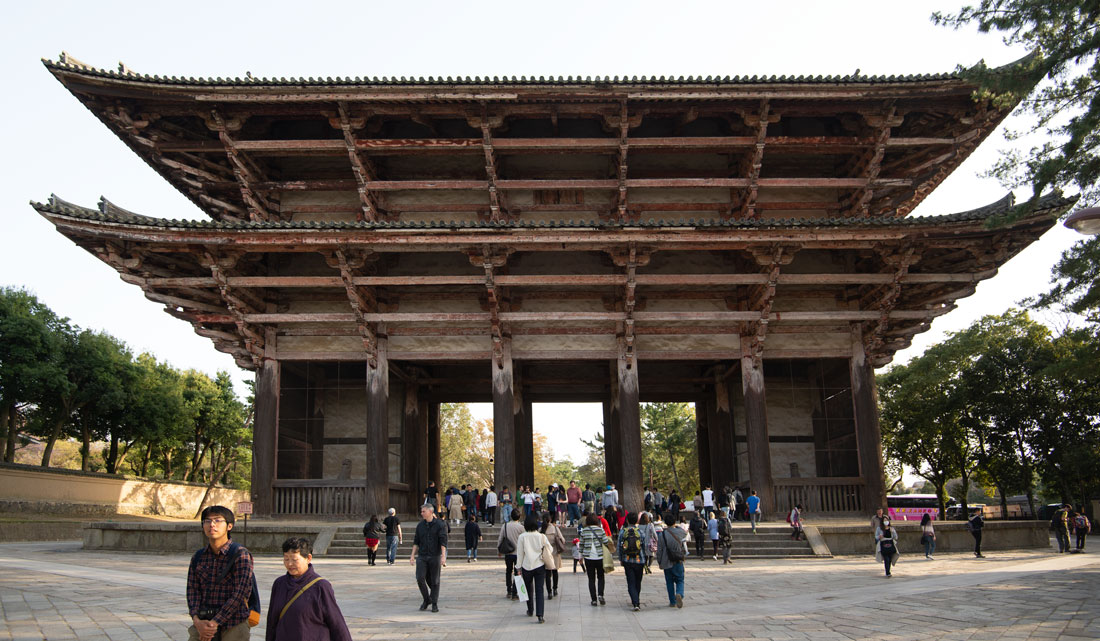
The Great South Gate was influenced by the architecture of the contemporary Song dynasty of China.
The use of wood for the temple reflects Japan’s long history of wood artisanship. When Buddhist temple architecture arrived in Japan via Korea in the 6th century, Japanese carpenters already were using complex wooden joints in architecture. The Koreans added large tile roofs with complex brackets and pillars to shift weight from the roof to the ground. This ushered in a new era of larger Japanese timber-frame buildings. The best wood for these projects was cypress, which grew up to more than 120 feet tall, was rot-resistant and had a tight straight grain that easily split into long beams.
When Todai-ji was reconstructed in 1180, builders had to travel long distances to find wood. They cleared entire forests to find cypresses for pillars and transported them by building 118 dams to raise river levels so they could float the pillars to Nara. Wood for other parts of the temple came from at least ten Japanese provinces. The growing scarcity of cypress also led to technological changes that enabled carpenters to work less straight-grained woods such as red pine and zelkova.
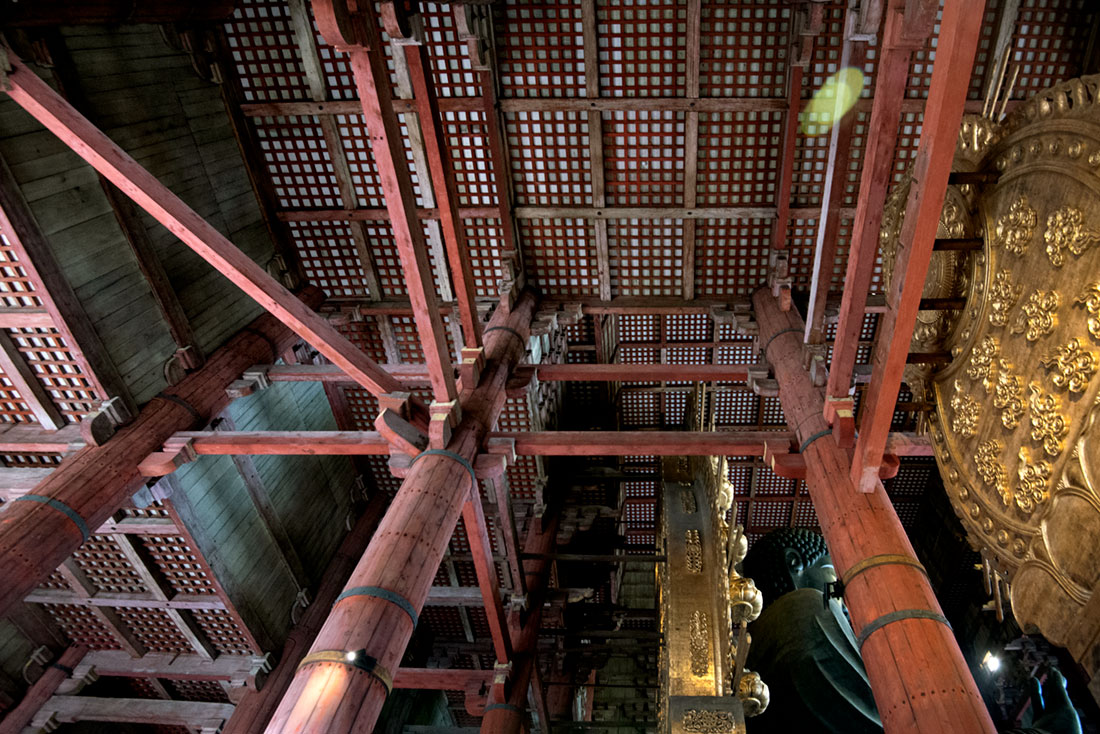
Above and below, the complex timber-frame building with its bracket system in the main hall.
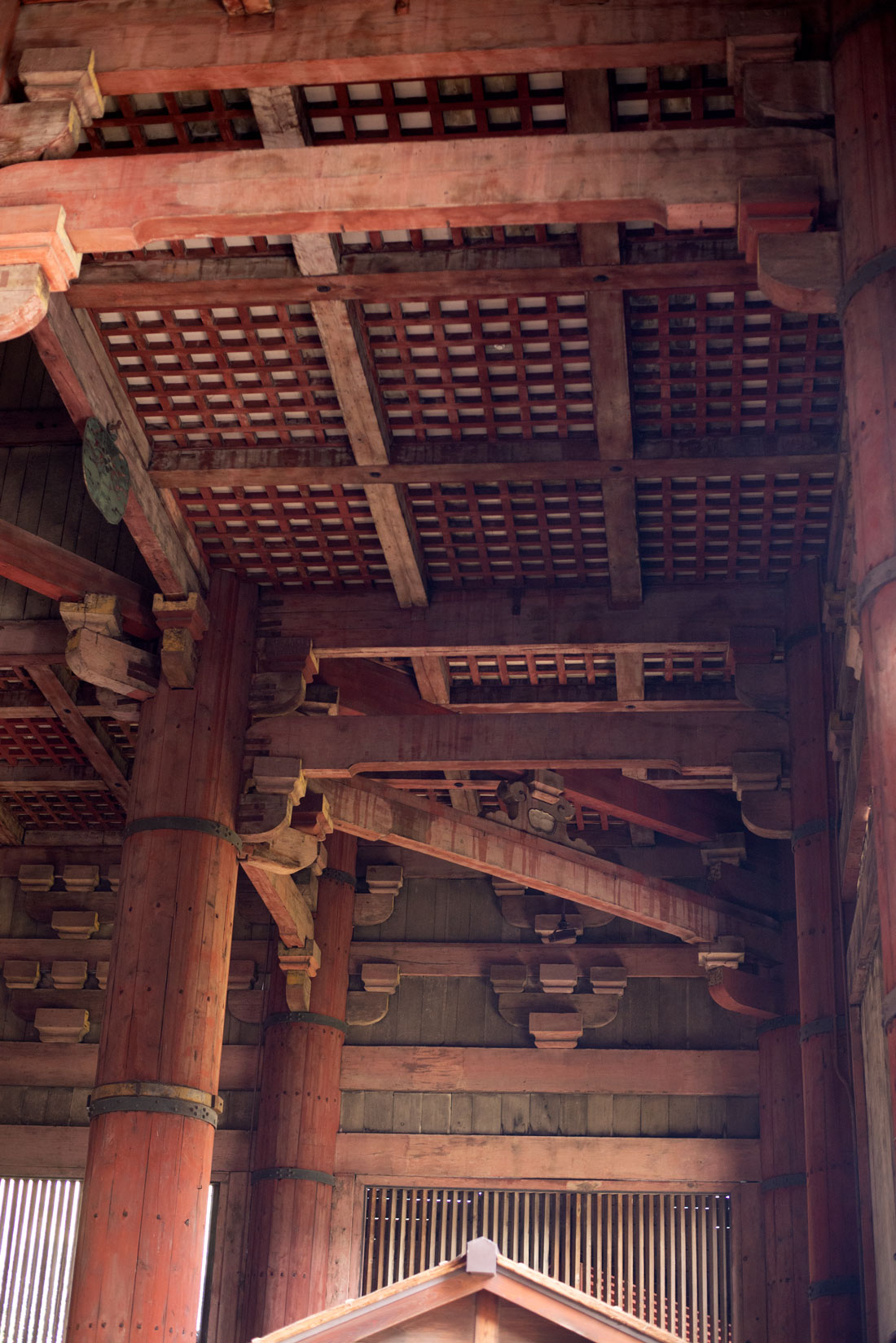
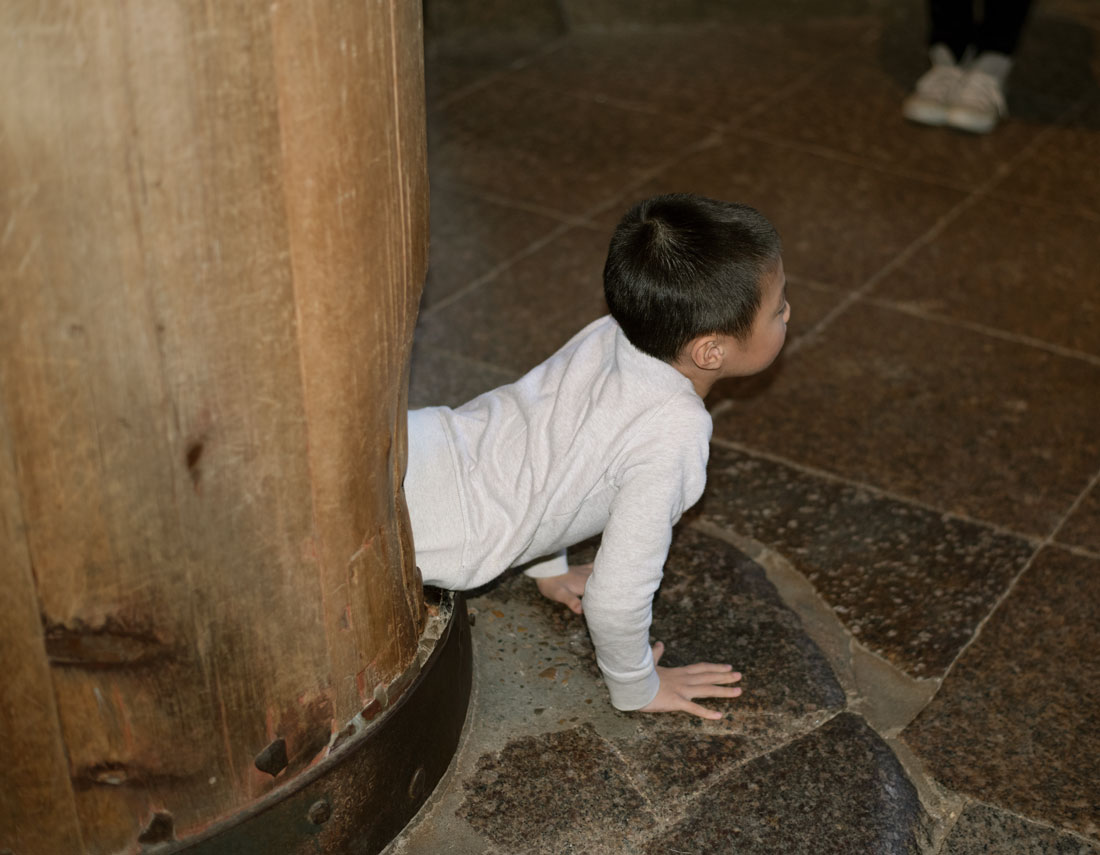
A child crawls through a hole in one of the massive pillars.
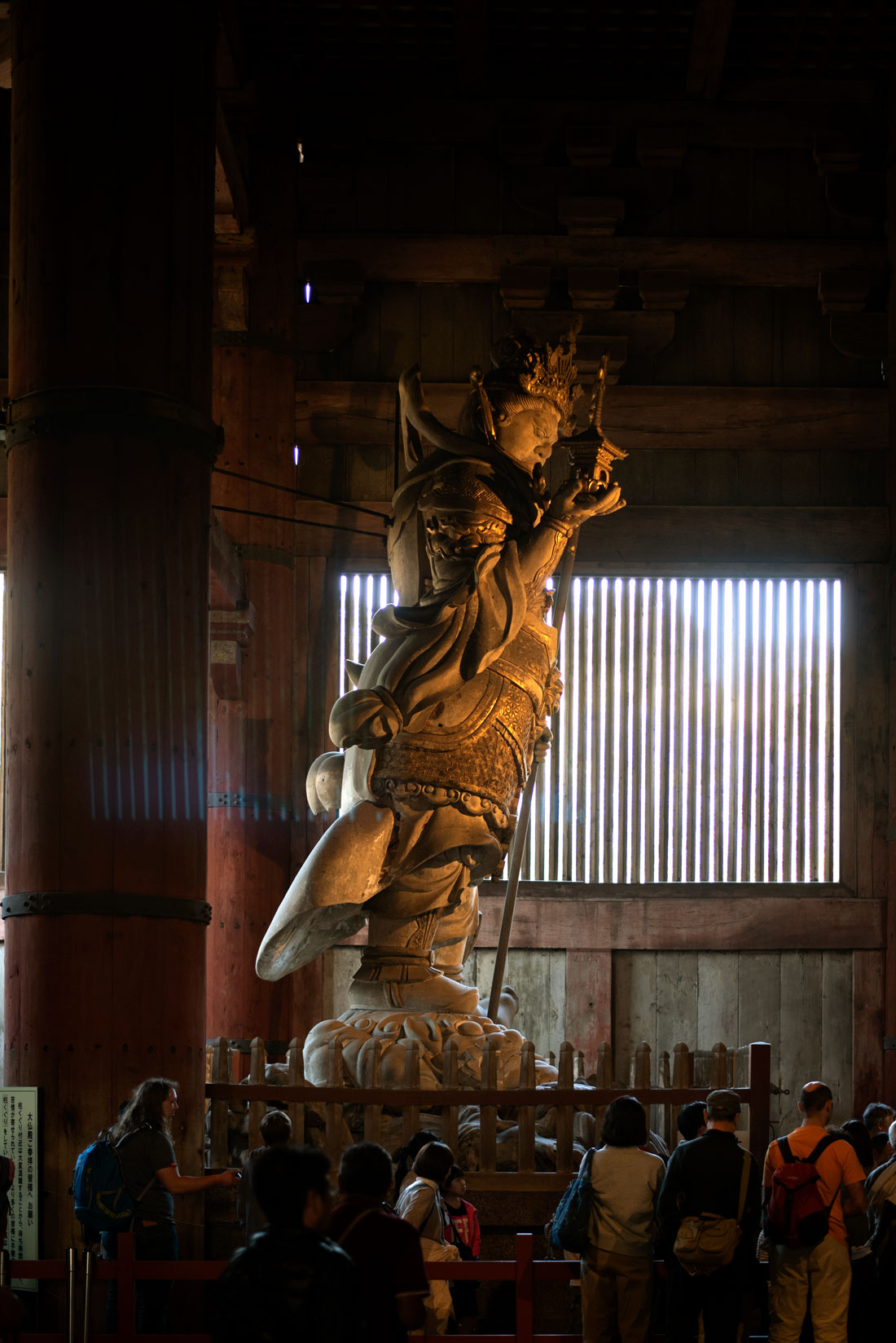
Many fine wooden statues are housed at Todai-ji.
An earthquake in 1709 again badly damaged the main hall and both the current temple and statue date from a post-quake restoration. At 187 feet long and 157 feet high, the hall still is the largest wooden building in the world although it is a third smaller than the original building. The present roof has 110,000 15-kilogram tiles.
Large statues of bodhisattvas stand on either side of the Buddha, including a figure of Kokuzo Bosatsu, the patron deity of memory and wisdom, which dates to 1709, on the right.
The complex also has a variety of other historic buildings:
- The Shoro (Belfry) has the second largest bell in Japan.
- The Second Month Hall (Nigatsudo) and the Third Month Hall or Lotus Hall (Hokke-do) have 8th century original parts and many Buddhist statues.
- The Shoso-in (Treasury) contains more than 9,000 sacred art objects, relics, furniture, ceramics, glassware, textiles, masks, mirrors, musical instruments, and weapons, many of which came from India and China and were gifts that emperors and empresses gave the temple.
A large bronze octagonal lantern dates to the temple’s founding.
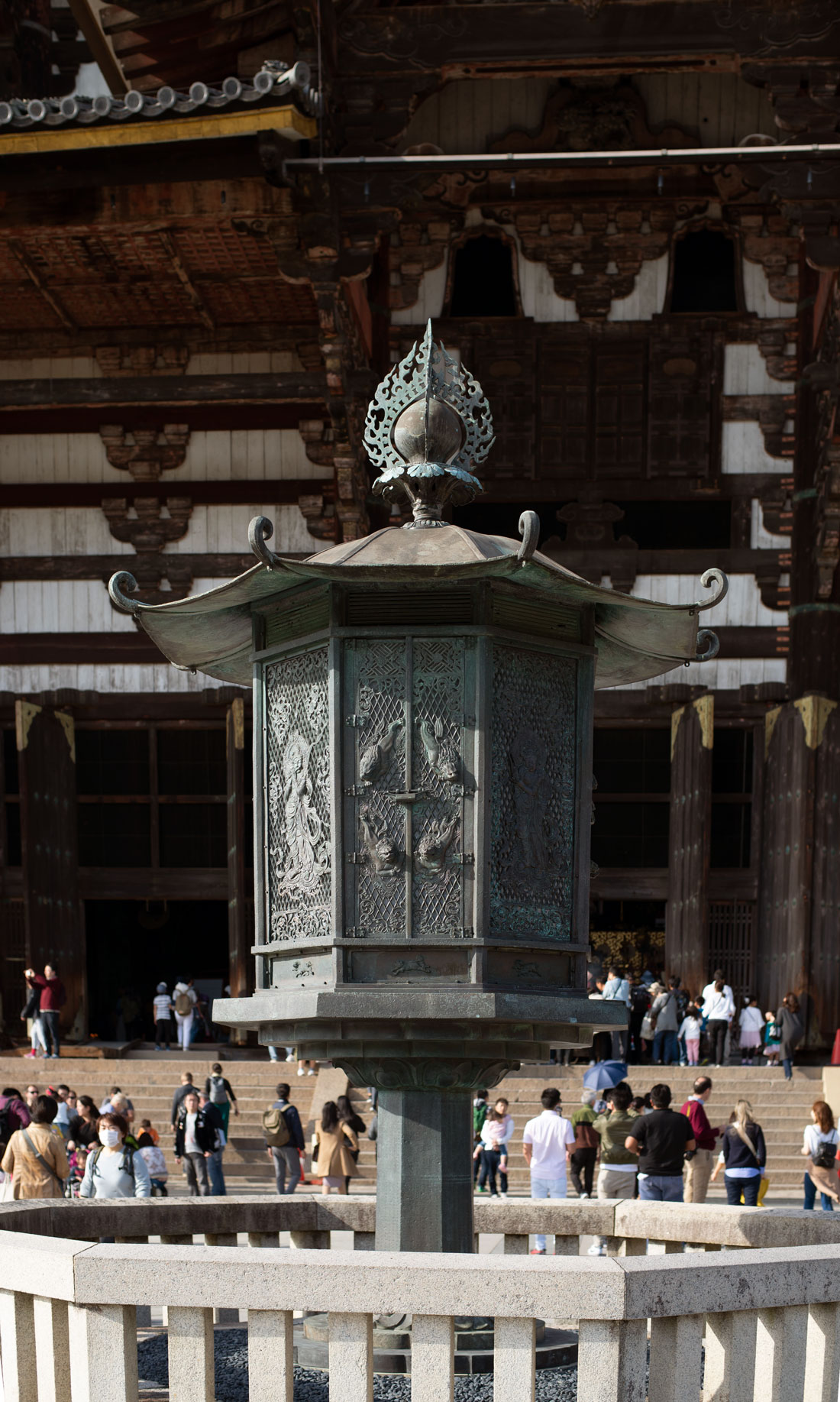
Lantern that dates to the original temple's construction.
The temple's two 328-foot-tall pagodas were destroyed in an earthquake.
The temple is one of the most prominent Asian symbols of the relationship between politics and religion in the ancient world.
Buddhist statues had been produced in about the 1st or 2nd century in Afghanistan and northern Pakistan and Mathra. As Buddhism moved east, the religion’s images changed because of local cultural influence. The Buddha was depicted standing, sitting in meditation or lying down or sleeping. Some statues were chubby, some slim and some muscular. Their hands are shown in different gestures indicative of things the Buddha did and that his followers should do. One hand facing up as the Todaiji Buddha is doing suggests the giving of confidence. Buddhists don’t believe that statues actually are the Buddha, but they are seen as a symbol that is helpful in focusing their mind on devotion.
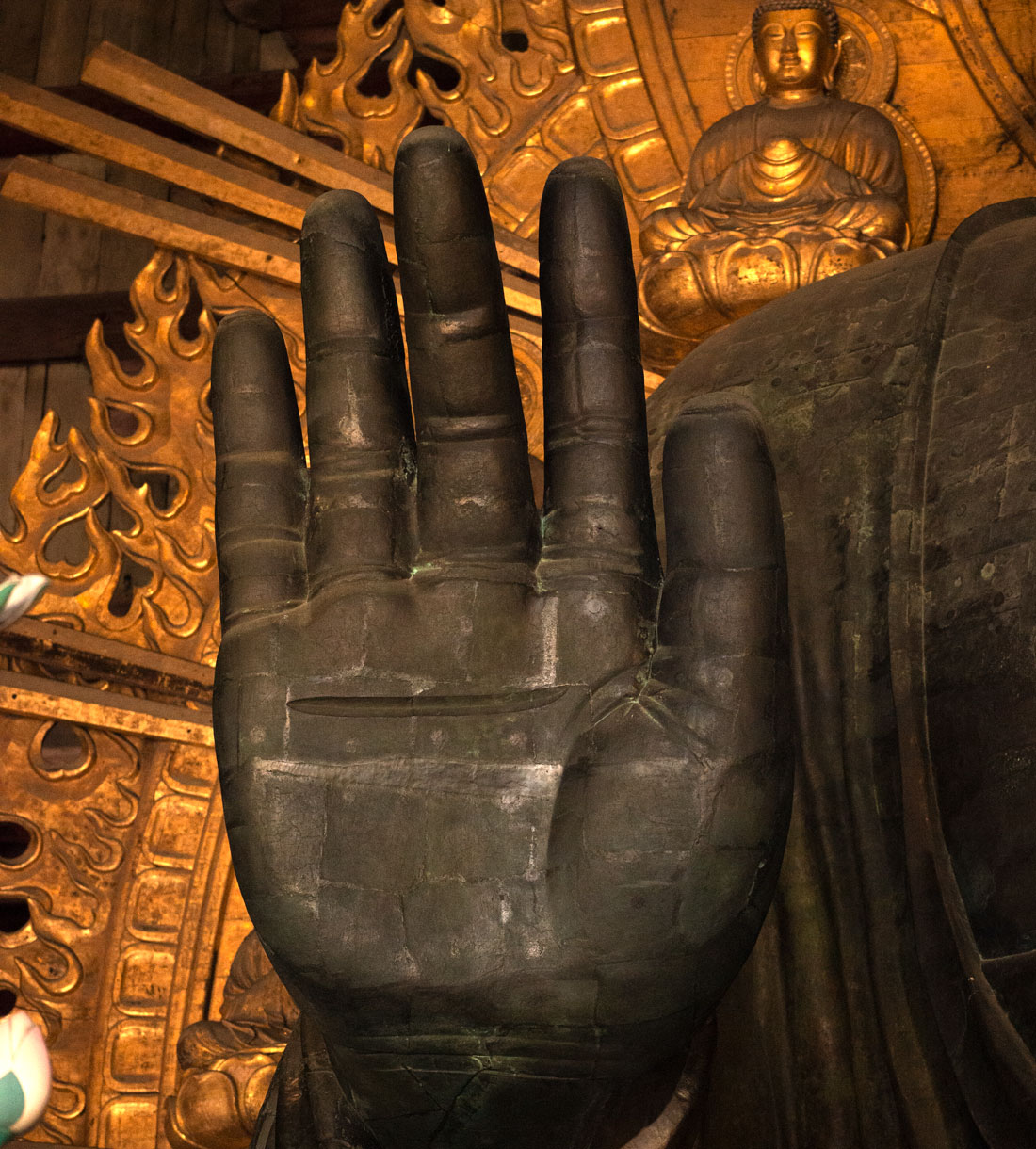
The Buddha's huge hand making a gesture of confidence.
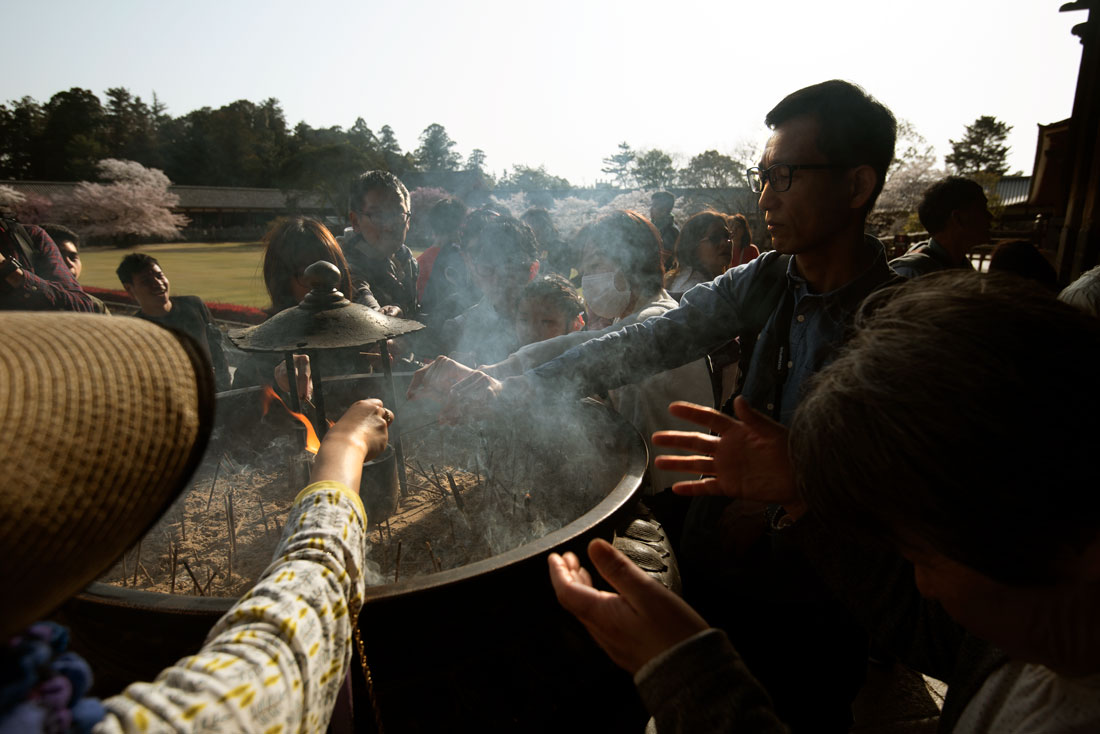
Worshippers burning incense at the temple. The temple is a major Buddhist shrine that attracts thousands of people daily.
The Todai-ji statue is the world’s largest seated bronze Buddha but is far from the world’s largest Buddha. The Leshan Giant Buddha in China is the tallest stone Buddha statue in the world and the Tian Tan Buddha in Hong Kong is the tallest seated Buddhist statue. Asia has been in a major Giant Buddha-building boom for several decades. Massive Buddhas and other Buddhist-related figures have been built in recent years in China, Japan, Thailand, Vietnam, Taiwan, Sri Lanka, and Nepal. Some draw millions of tourists yearly, a factor which critics say has been a main motivation of some localities that have built statues. Some Buddhists reply that the size of the large statues is a symbol of the Buddha’s vast knowledge and ability.
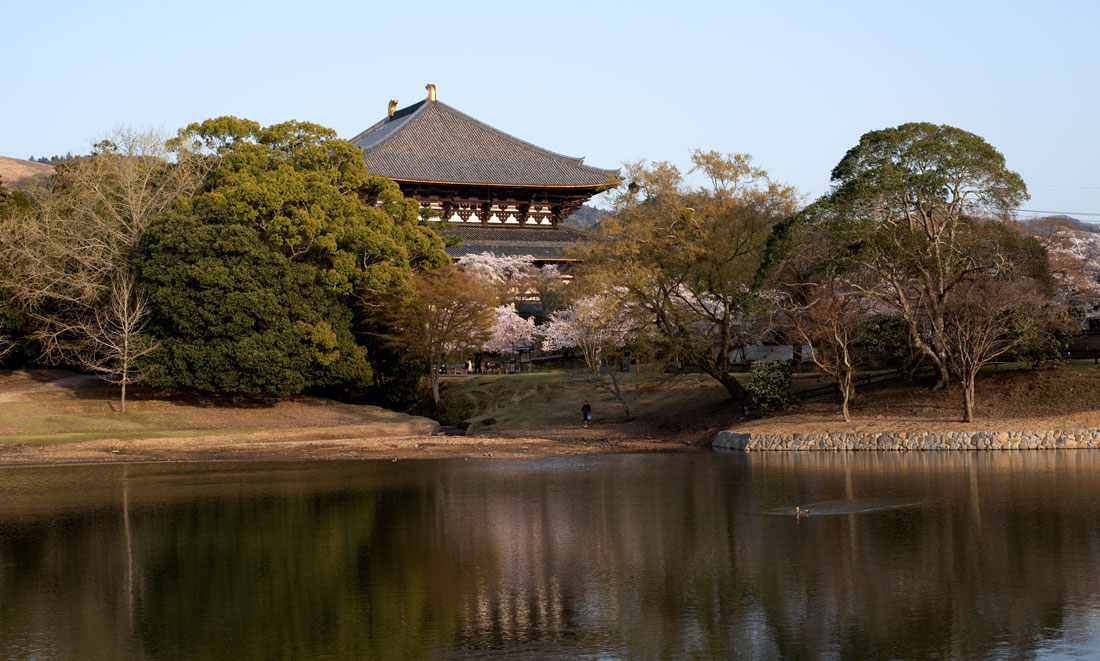
The Great Hall and a pond on the grounds.
Check out these related items
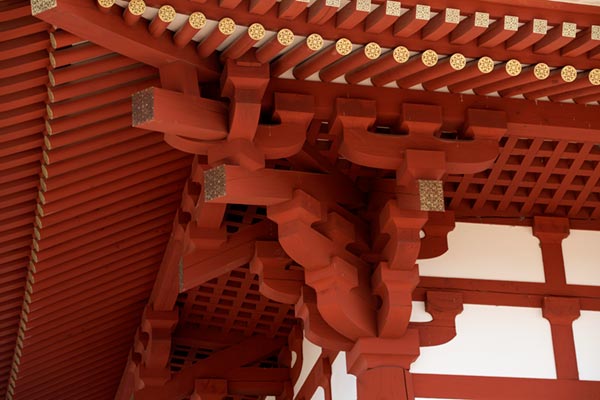
A Palace to Remember
Visible traces of the Heijō Palace, Japan's palace from which the emperor ruled in splendor, were gone, until the site was restored.

Traces of an Ancient Superpower
Traces of an ancient Chinese superpower remain far away in Japan, the eastern end of the Silk Road.
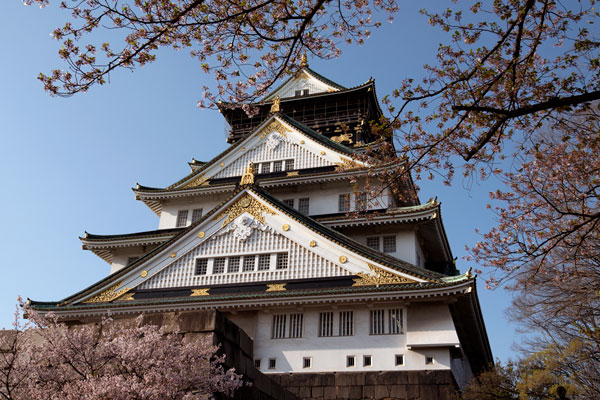
Battle of the Samurai
Osaka Castle marks the site of an epic samurai battle and one of the most important turning points in Japanese history.
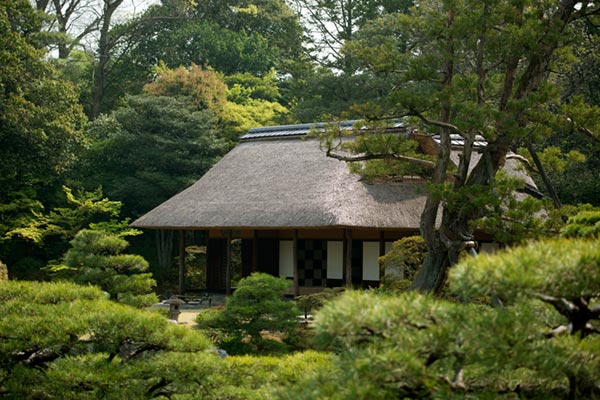
Katsura Villa’s Enigmatic Design
Modernist architects admired Katsura Villa as the pinnacle of Japanese architecture and design. It is more complex than they thought.
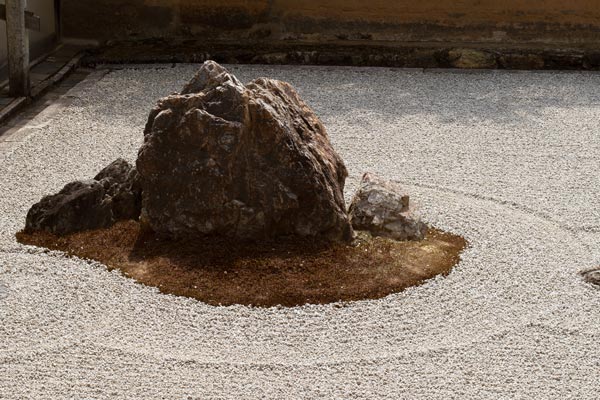
Meditation and Japan’s Rock Garden
Meditation is the theme of the Ryoanji dry rock garden. Find out why the garden inspires meditation and how to meditate.
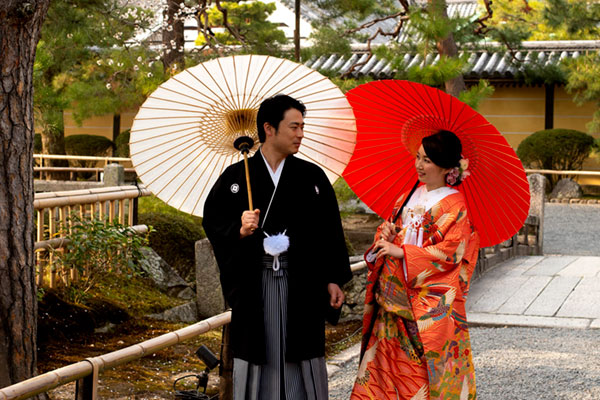
Retreat by Design
What makes a retreat restful and soul restoring? A former imperial retreat in Kyoto, Japan, gets retreat design just right.
